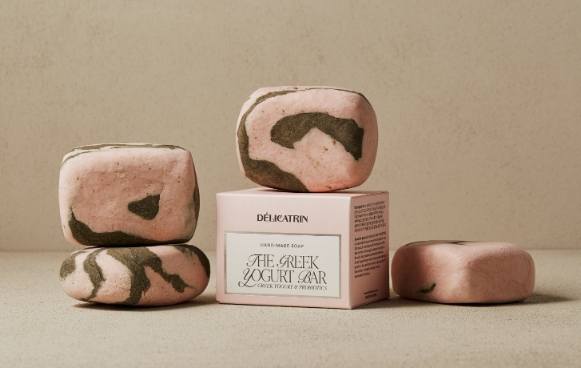Korean packaging design has gained significant attention for its innovative approaches and aesthetic appeal. As consumer preferences evolve, the importance of packaging in attracting attention, conveying brand identity, and enhancing overall customer experience continues to grow. This blog post explores the unique elements of Korean packaging design, highlighting key features that make it stand out in the global market.
The Art of Minimalism
One of the most compelling aspects of Korean packaging design is its embrace of minimalism. Many brands adopt clean lines, simple color palettes, and understated graphics, allowing the product to shine without overwhelming visuals. This minimalist approach is not just about aesthetics; it reflects a cultural appreciation for simplicity and functionality. Brands like Innisfree and Amorepacific effectively utilize minimalist designs to convey purity and natural beauty, reinforcing their messages of sustainability and eco-friendliness. By focusing on essential elements, Korean packaging invites consumers to form a deeper connection with the product.
Cultural Inspirations
Korean packaging often draws from rich cultural traditions, infusing design with meaning and storytelling. Elements such as hanbok patterns, traditional calligraphy, and even folklore are creatively integrated into modern designs. For instance, some teas and snacks feature packaging that showcases elegant motifs inspired by historical art forms. These cultural references not only celebrate Korean heritage but also create a sense of authenticity that resonates with consumers both locally and internationally. This blend of tradition and modernity adds a unique flavor to the packaging, making it memorable and engaging.
Sustainability Focus
As global awareness of environmental issues continues to rise, Korean packaging designers are leading the charge in sustainable practices. Many companies are shifting towards eco-friendly materials and innovative designs that reduce waste. Brands like SK-II have introduced recyclable packaging and sustainable practices while maintaining their luxurious image. The focus on sustainability not only appeals to conscious consumers but also positions these brands as responsible players in the market. By prioritizing the planet in their packaging strategies, Korean brands are setting a benchmark for others around the world to follow.
In conclusion, Korean packaging design is a fascinating blend of minimalism, cultural heritage, and sustainability. Its unique characteristics captivate consumers and create meaningful connections to the products they love. If you’re interested in exploring more about this dynamic field of design, consider diving deeper into specific brands or trends. The world of Korean packaging is vibrant and evolving, offering endless inspiration for designers and consumers alike.

